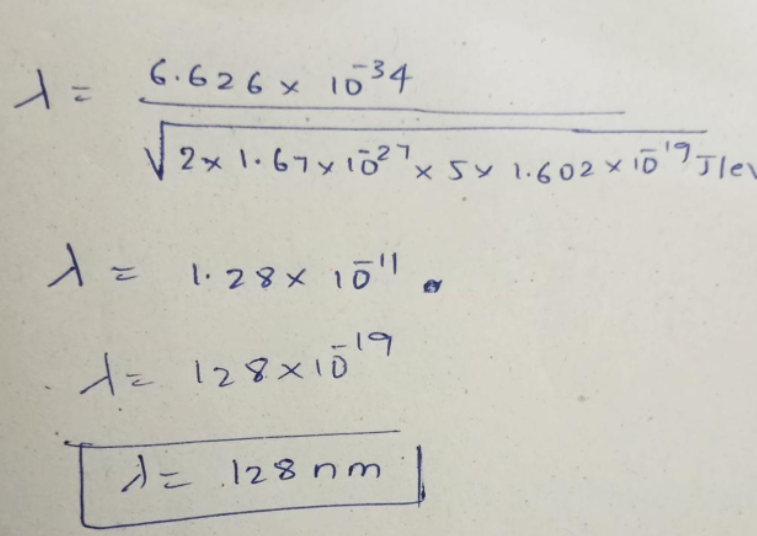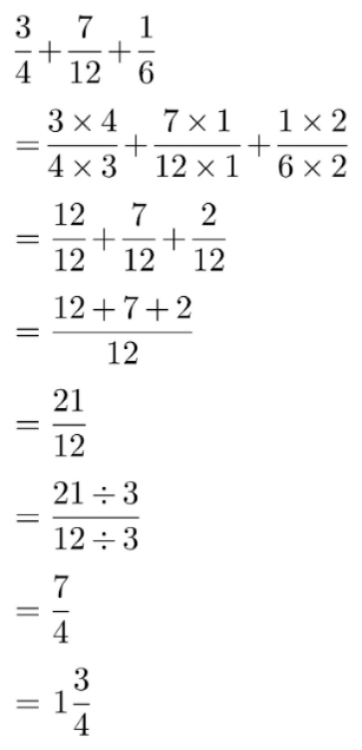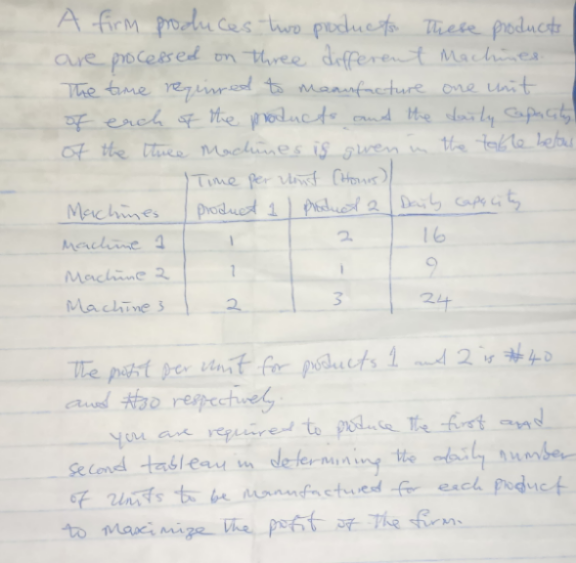
Operation ResearchQuestion and Answers: Page 1
Question Number 204469 Answers: 1 Comments: 0
Question Number 204104 Answers: 0 Comments: 0

Question Number 182854 Answers: 0 Comments: 7
Question Number 182627 Answers: 1 Comments: 0
Question Number 179857 Answers: 0 Comments: 1

Question Number 178653 Answers: 0 Comments: 0
Question Number 178652 Answers: 0 Comments: 0
Question Number 178375 Answers: 1 Comments: 1
$${calculer}\:{une}\:{primitive}\:{de}\:−\mathrm{3}{x}/\sqrt{{x}^{\mathrm{2}} +\mathrm{3}} \\ $$
Question Number 178349 Answers: 1 Comments: 0
Question Number 176723 Answers: 0 Comments: 0
Question Number 176719 Answers: 0 Comments: 0
Question Number 176549 Answers: 1 Comments: 0
Question Number 176379 Answers: 1 Comments: 0
Question Number 176366 Answers: 1 Comments: 0
Question Number 176123 Answers: 0 Comments: 0
Question Number 176118 Answers: 0 Comments: 1
Question Number 176070 Answers: 0 Comments: 3
Question Number 176060 Answers: 2 Comments: 0
$${x}^{\mathrm{2}} −\mathrm{4}{x}+\mathrm{5}=\mathrm{0} \\ $$
Question Number 176049 Answers: 1 Comments: 0
Question Number 176090 Answers: 2 Comments: 1
$${determiner}\:{z}\:{tel}\:{que}\:{z}={z}^{\mathrm{2}} −{z}+\mathrm{2} \\ $$$$ \\ $$
Question Number 175083 Answers: 0 Comments: 2
Question Number 181400 Answers: 0 Comments: 2

Question Number 154561 Answers: 1 Comments: 0

Question Number 144910 Answers: 0 Comments: 0
$$\Gamma\left(\frac{{n}+\mathrm{1}}{\mathrm{1}−{i}}\right)=???? \\ $$
Question Number 140506 Answers: 2 Comments: 0
Question Number 140487 Answers: 0 Comments: 0
